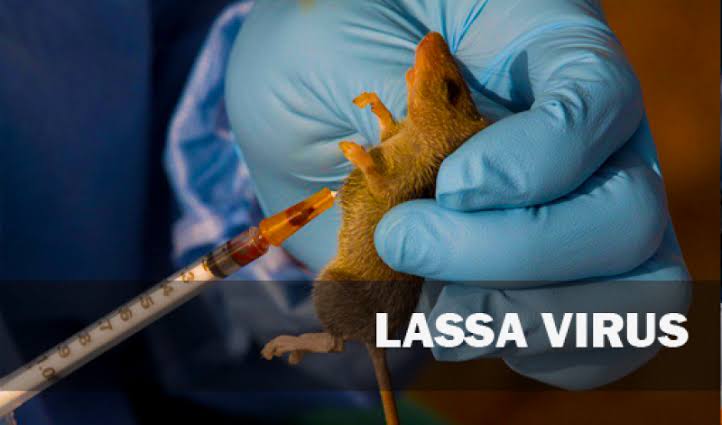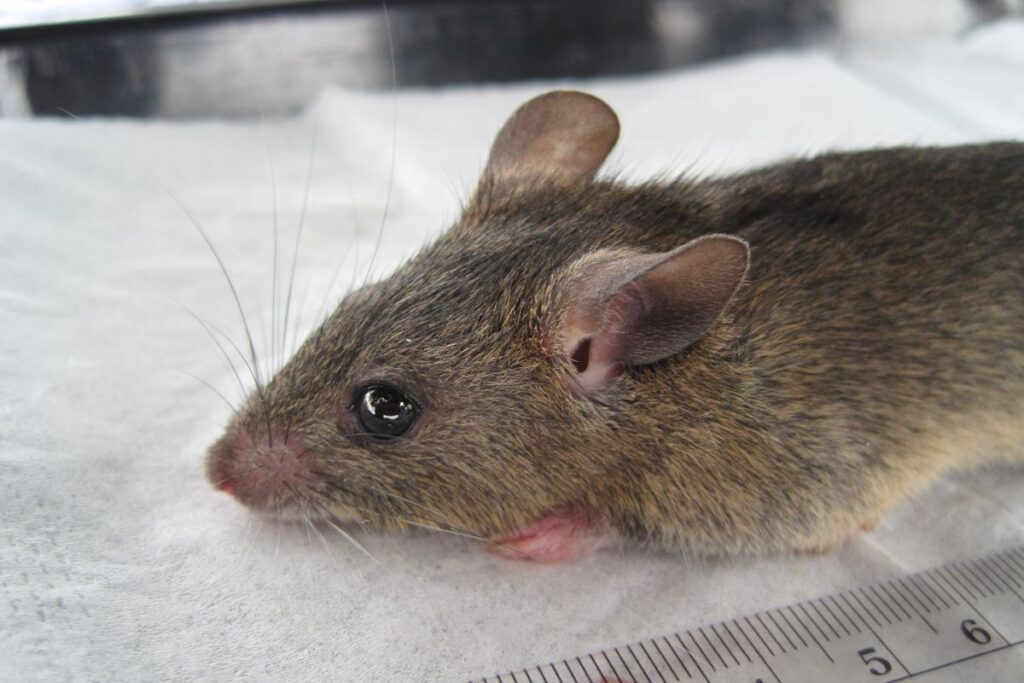Trends
How to Protect Yourself From Contracting Lassa Fever.
Here are preventive measures you can take to protect yourself from contracting Lassa Fever, in spite of its recent surge in across the country.

The Nigeria Centre for Disease Control recently reported a re-surge in Lassa Fever across the country. Although the public institute is doing everything it can to prevent the spread of the disease, there is however a need to know what disease is and how to protect yourself from the disease.
The health agency stated that it recorded 222 new cases of Lassa fever and two new deaths in one week across 15 states and the Federal Capital Territory. Prior to that, NCDC had stated that a total of 102 Nigerians died of Lassa fever in 2021 and 4,654 suspected cases of Lassa fever were recorded.
Recall that An outbreak of Lassa fever occurred in Nigeria in 2018; it was the largest outbreak of Lassa recorded. there were over 3498 suspected cases and 171 reported deaths.
What is Lassa Fever
Lassa fever is an acute viral hemorrhagic disease, transmitted to humans through contact with food, household items contaminated by infected rodents or contaminated persons.
The illness was discovered in 1969 and is named after the town in Nigeria where the first cases occurred. According to the Centers for Disease Control and Prevention, An estimated 100,000 to 300,000 infections of Lassa fever occur annually, with approximately 5,000 deaths.
Symptoms of the virus include fever, headache, sore throat, general body weakness, cough, nausea, vomiting, diarrhea, muscle pains, chest pain, and in severe cases, unexplainable bleeding from ears, eyes, nose, mouth, and other body openings.
It is imperative to note that 80% of people who become infected with the Lassa virus have no symptoms but 1 in 5 infections result in severe disease. The symptoms typically occur one to 3 weeks after contact with the virus.
Transmission of Lassa Fever
According to the Centers for Disease Control and Prevention, Transmission of the Lassa virus to humans occurs most commonly through Inhaling and ingestion of food or water infected with rat excrement and urine.
The virus can also be transmitted from human to human via direct contact with the blood and body fluids of an infected person. It is important to note that casual contact (skin-to-skin contact without exchange of body fluids) does not spread the Lassa virus.
How to Protect Yourself
The primary way to protect yourself from the infection of Lassa Fever is to avoid contact with infected rats. you can do this by frequently fumigating your surrounding to keep the rodents away.
You can also prevent yourself from the virus by keeping the home clean and keeping food in rodent-proof containers, thereby making it impossible for the rats to contaminate or infest the food in your homes.
Medical personnel in charge of patients with Lassa Fever should take preventive precautions against contact with patient secretions to avoid transmission of the disease through person-to-person contact.
Such precautions include wearing protective clothing, such as masks, gloves, gowns, and goggles; using infection control measures, such as complete equipment sterilization; and isolating infected patients from contact with unprotected persons until the disease has run its course.
Are vaccines available?
Currently, there is no licensed vaccine for Lassa fever, although research is presently underway to develop a vaccine for Lassa fever. However, Ribavirin, an antiviral drug, has been used with success in Lassa fever patients. It has been shown to be most effective when given early in the course of the illness.

